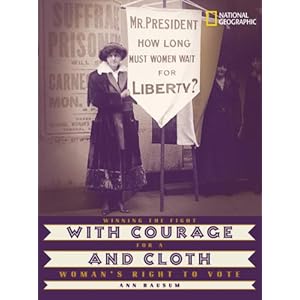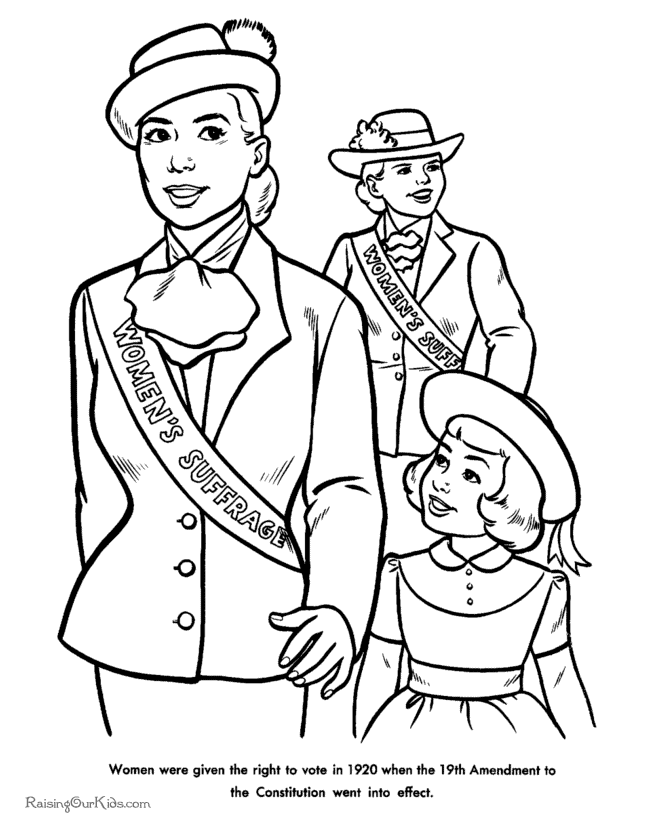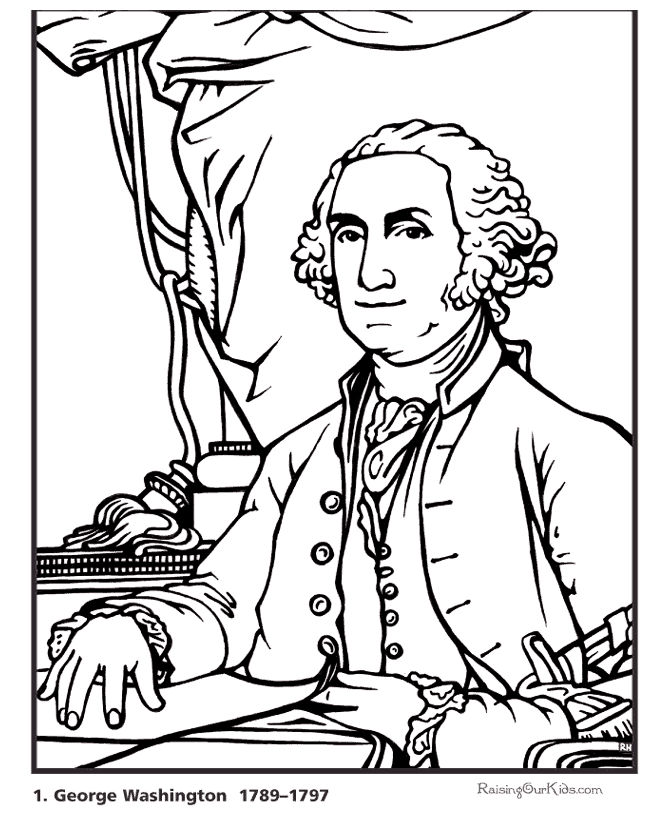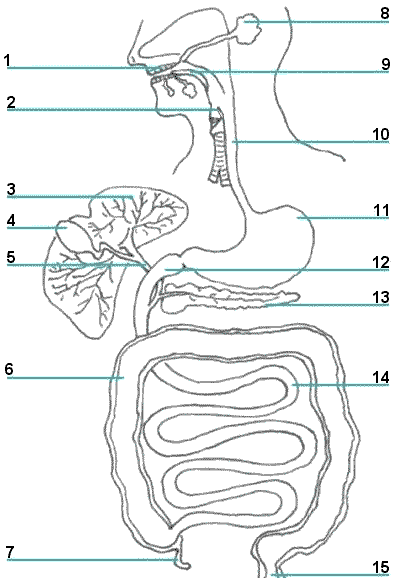SMMART SPOOKY SCIENCE
DECOMPOSITION...
1. The separation of a substance into simpler substances or basic elements. Decomposition can be brought about by exposure to heat, light, or chemical or biological activity.
2. The process of breaking down organic material, such as dead plant or animal tissue, into smaller molecules that are available for use by the organisms of an ecosystem. Decomposition is carried on by bacteria, fungi, protists, worms, and certain other organisms.
Think about it...Decomposing Corpses, Decomposing Pumpkins, Decomposing candy in little tummies...
Decomposition is a perfect theme for Halloween Science Experiments!
This activity allows you to replicate "decomposed and digested food" and affords you the chance to talk about the body's digestive system. You can share a few vocabulary words like digest, dissolve, liquid, gas, solid...
EDIBLE BARF (...never thought I'd ever write those words in a post):
1 cup boiling water
1- 4 serving box orange gelatin
1 cup applesauce
2 pinches baking cocoa
handful of oats
handful of flakes
mashed grapes
Boil 1 cup of water in a pan. Explain to your child that water is a liquid and when it boils, some of the water heats to a gas phase. Take the boiling water from the stove and add the solid gelatin powder. Demonstrate how the solid powder dissolves in the water and converts to a liquid phase.
Add 2 pinches of baking cocoa to tame the bright orange color. Add 1 cup of applesauce, and sprinkle in some oats and cereal flakes and mix until the desired barfy texture.
Pour the edible barf into a cake pan, or onto a cookie sheet. Sprinkle a few more oats and flakes on top. Tear a few grapes and drop them on the top of your barf...lookin' good.
Chill the edible barf in the refrigerator until firm and ...dare I say it...ready to eat. Seriously, it tastes like chocolate oranges, but it's actually pretty unappealing and difficult to eat.
DECOMPOSING PUMPKIN:
Sadly enough, each artisticly carved pumpkin shrivels up and decomposes shortly after the witching hour. Here are a few resources to share this phenomenon with your child.
Pumpkin Jack, by Will Hubbell
Hubbell illustrates the life cycle of a pumpkin. Tim carves a jack-o-lantern and keeps it well past Halloween. The pumpkin begins to decay, so Tim lays it in the garden to decompose over winter. In the spring a sprout appears. Tim nurtures the pumpkin plant until he reaps a harvest of pumpkins.
Sid the Science Kid
PUKING PUMPKIN (CHEMICAL COMPOUND DECOMPOSITION):
I guess we have a decomposition theme...and a barfing theme...sick or spooky?
This activity demonstrates an exothermic (energy/heat producing) reaction as Hydrogen Peroxide breaks down to water and oxygen gas.
2H2O2 -->2H2O + O2
When you put hydrogen peroxide on a cut, the enzyme (catalase) in your blood encourages this reaction to occur. It catalyzes this reaction to occur 200,000 times per second, producing the oxygen bubbles that you see.
1/4 cup warm water
1/2 Tb yeast
4 oz Hydrogen Peroxide (3%)
2 oz dish soap
Stir in 1/2 Tb yeast into 1/4 cup of warm water in a small bowl. Let sit for 5 minutes for the yeast to become active.
Mix 4oz of 3% hydrogen peroxide and 2oz dish soap (used to help visualize break down of peroxide). Add a few drops of food coloring (optional).
Place the small bowl of water and yeast inside of a small jack-o-lantern. Pour hydrogen peroxide/soap mixture into the bowl that is inside the pumpkin and put the lid on the pumpkin.
Observe the oxygen gas trapped in the dish soap puke forth from the jack-o-lantern.
So much spooky fun!






















